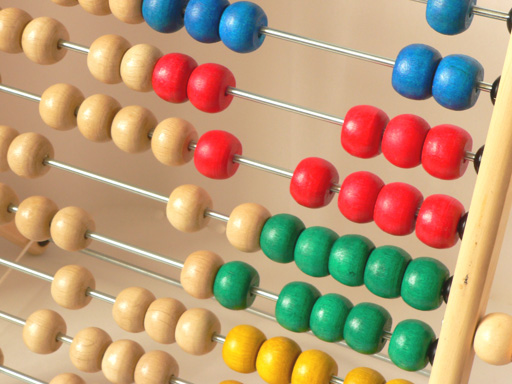
Learn More About Math
Cartesian Plane
When Descartes first introduced his concept of the graphical representation of algebraic functional relationships, the Galilean-Newtonian classical laws of physics were unknown, so Descartes was not prompted by the desire to express these laws graphically. Indeed, he went so far as to reject the concept of atoms and argued that all forms of matter were but various manifestations of vortices. He introduced analytic geometry as a way of visualizing algebraic formulas, not to aid the development of physics. This visualization required relating algebraic equations to spatial configurations. Because the simplest of such configurations are produced by connecting points on a plane, Descartes saw that he could describe algebraically geometrical configurations on a plane if he could describe the position of a point on a plane algebraically. This realization led him to the concept of the coordinate system, which has become perhaps the…
…single most important theoretical construct in the evolution of theoretical physics as well as mathematics.
Descartes introduced the coordinate system merely as a device to locate points on a plane but it quickly took on a life of its own, in a sense, and it became part of the laws of mathematics and physics. The coordinate system ultimately became a kind of acid test of the validity of a physical law or theorem. The Story of Mathematics by Motz and Weaver.
Addition
Addition is a mathematical operation that represents growth, an increase in magnitude or quantity. The XY Chart, although it is built upon the structure of two real number lines, the X and Y axes, highlights basic facts of addition within the natural number system. The fundamental operation of counting by one, the simplest addition, has its row and column, as do the other integers up to 10. Repetitive addition of the same number forms a pattern that permits some very useful mathematical operations. It forms a sequence of numbers in which each term is greater than the previous by the same amount, in the case of the XY Chart, an integer amount. This can represent constant growth. We refer to such patterns as arithmetic sequences. Multiplication has its home in these sequences. This is clearly visible in the XY chart.
Multiplication
Multiplication is the addition of a constant to a growing sum a certain number of times. It means knowing in advance what the sum will be. If you know the constant that will be added and the number of times it will be added then the answer is retrieved from memory, from a mental multiplication table.
In the XY Chart the number of times the adding occurs is located on the X axis, the constant added on the Y axis. The number of times is traditionally known as the multiplier, the constant added the multiplicand. On the XY Chart the numeral representing the product is found just below and to the left of the point where the line from the multiplier (X) and the line from the multiplicand (Y)intersect. An actual, physical product is the area found in the rectangle formed by these intersecting lines and the axes. The squares in this area can be counted by ones and the sum will equal the product.
(A multiplication table is an abstract representation of some specific results from combining a constant function with a period of duration.)
Memorization
As noted above multiplication is possible by memorization. It is derived from the results of counting.
The Coordinate System
A graphical system to assist in the analysis of numbers and their relationships. Development attributed to Rene Descartes.
The Medium: Posters, Letter Size Charts, Postcards
Many ideas over the years have lead to creation and development of The XY Chart. Recently, however, the rapid growth of the Internet and the universal replacement of analog representations of things with binary or digital representations has made us even more aware of the need for a sensual representation of things. This is especially true of educational content. First hand experience, physical contact, is losing its popularity in the learning process. We have known that books are several levels removed from this primal experience and belittle ‘book learning’, but what about knowledge gained from video, TV, movies, radio, CD’s?